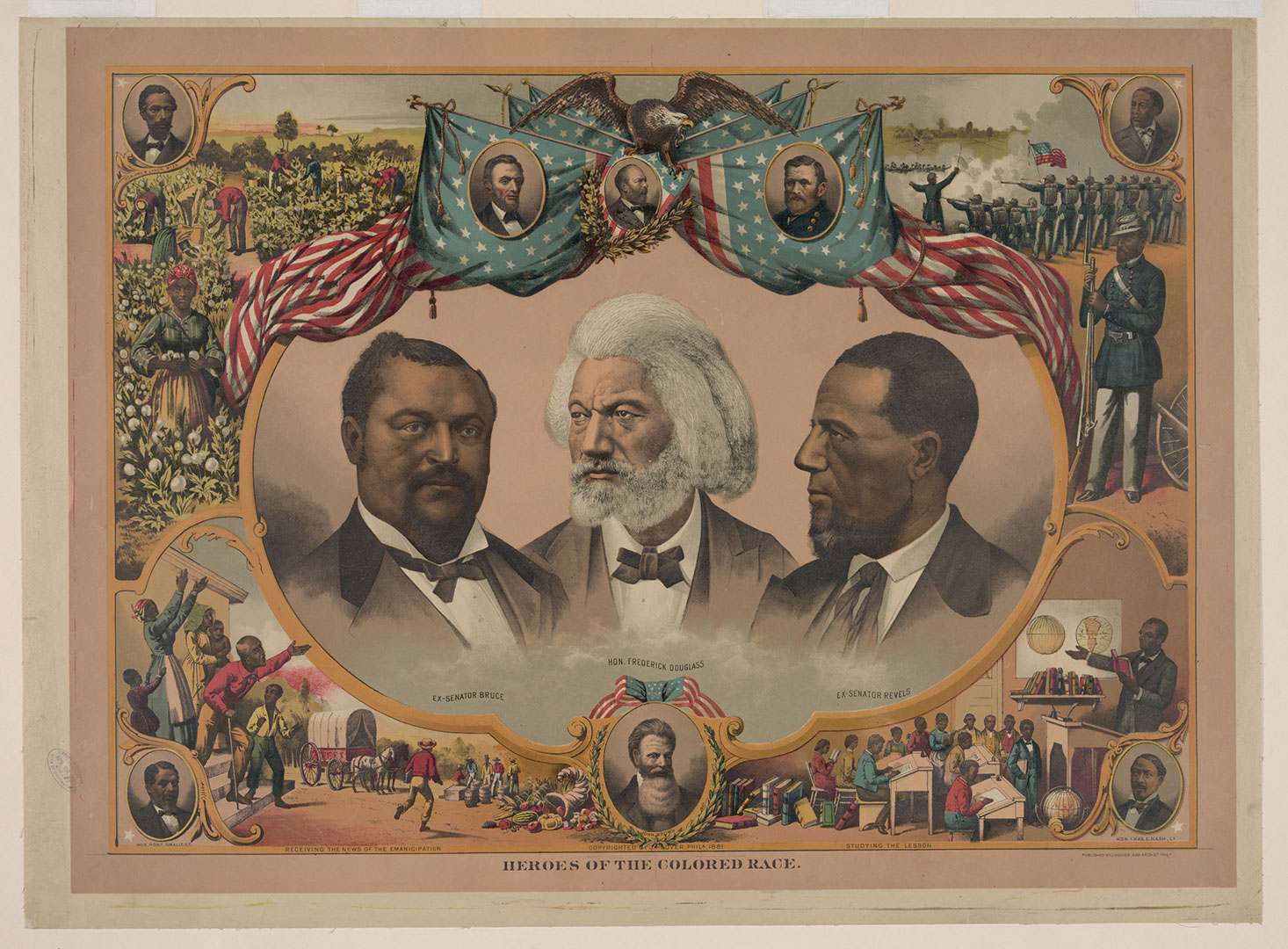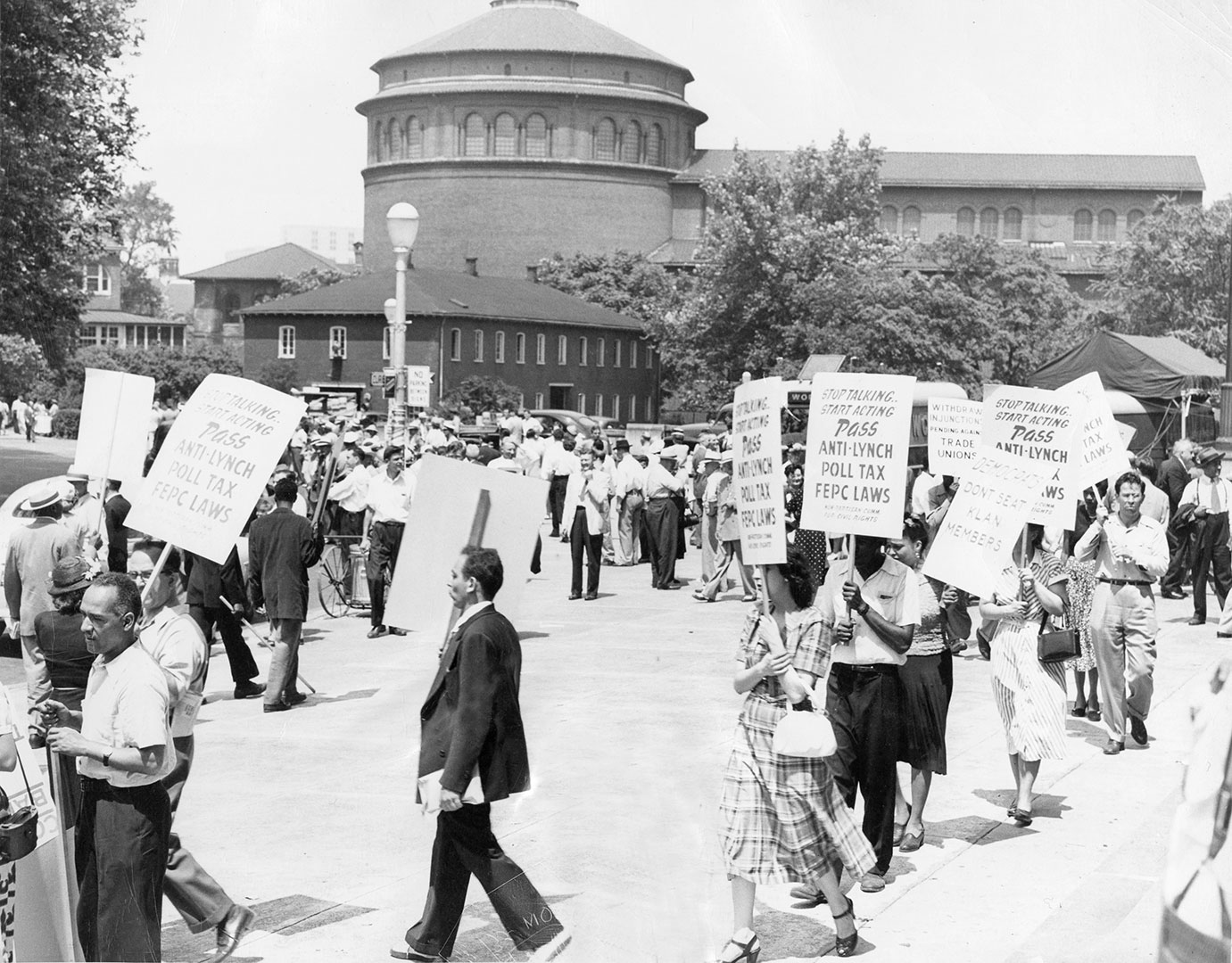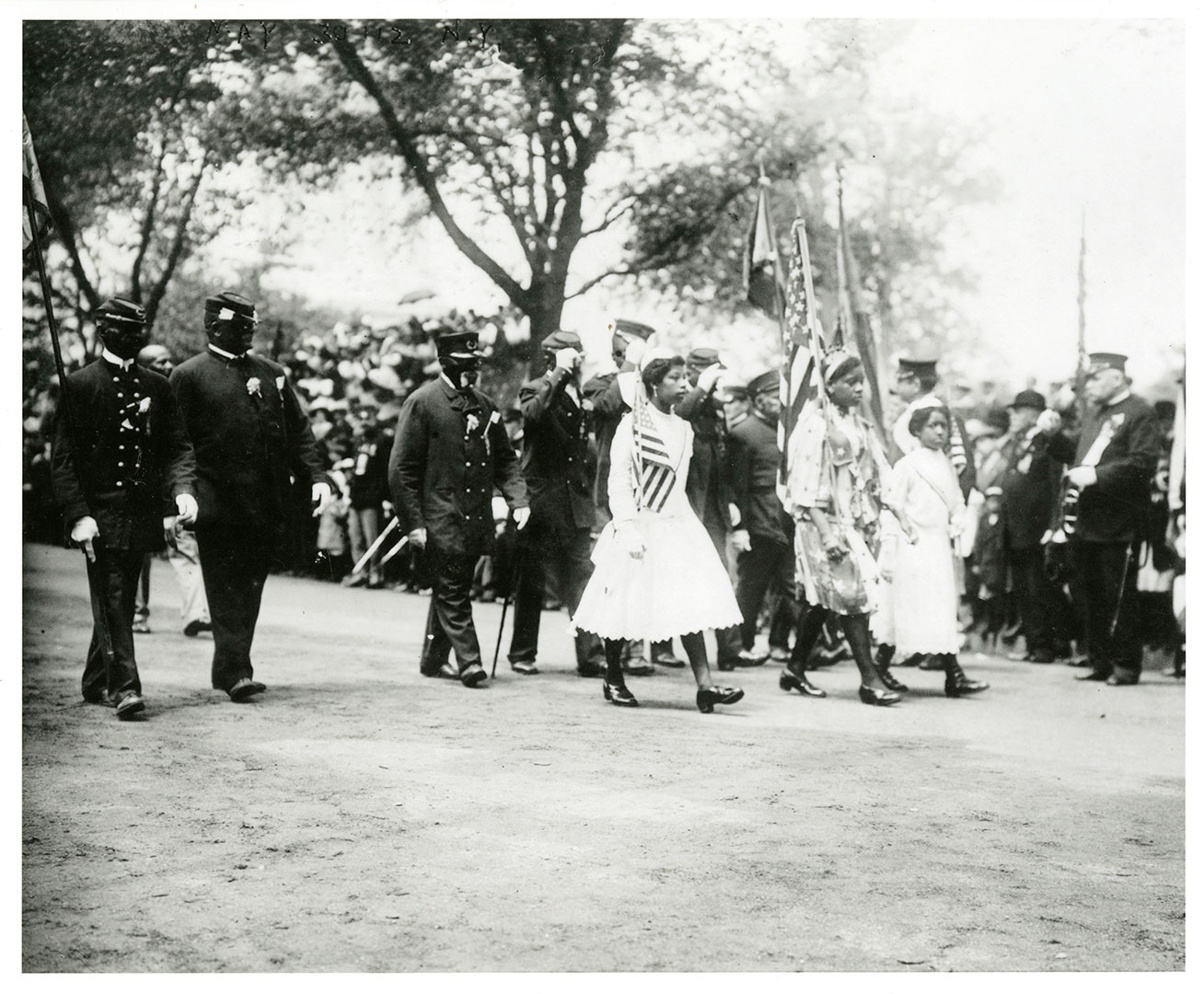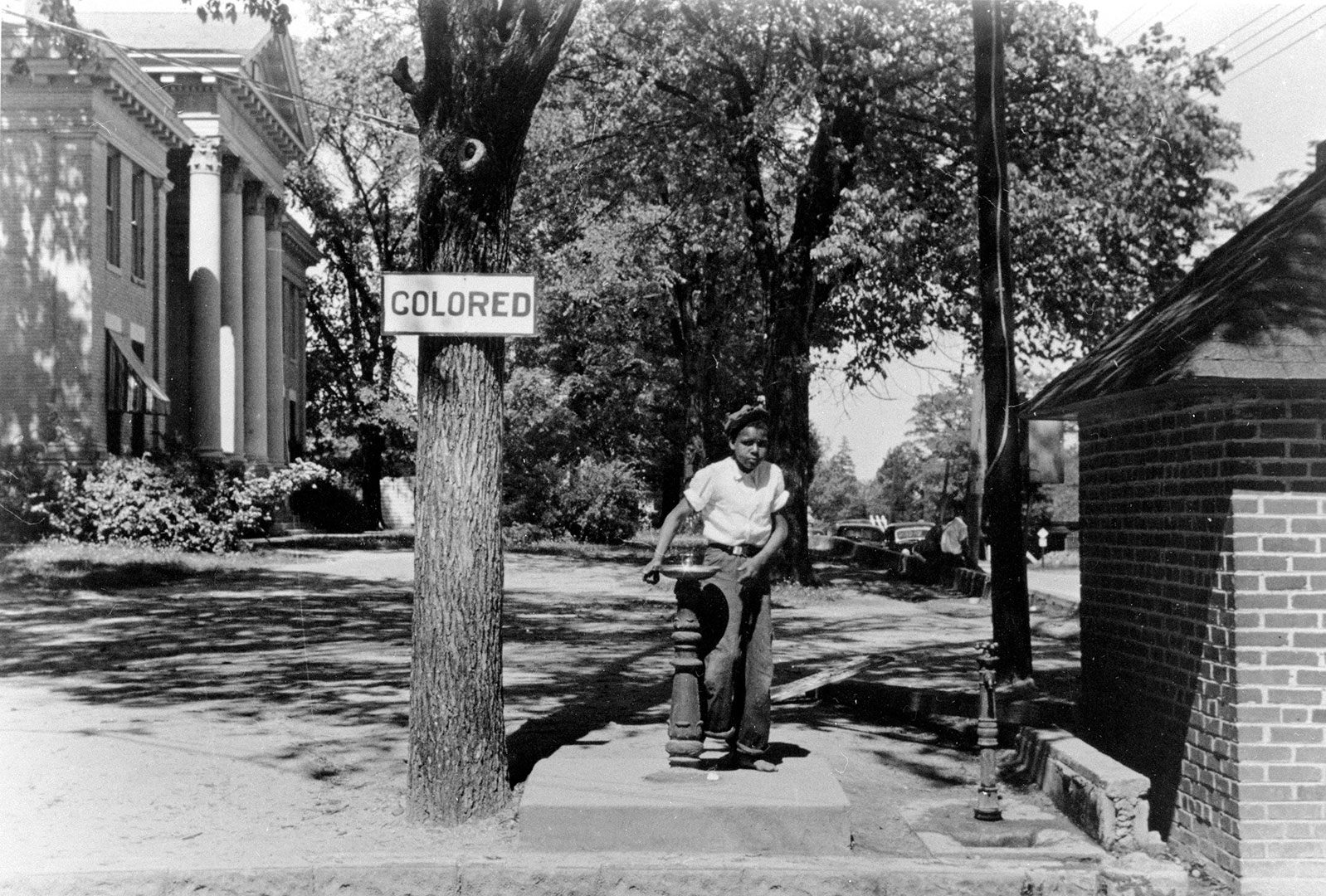Unit 9: Post-Reconstruction and the Rise of Jim Crow African American Resistance and Struggle
 The period following the end of Reconstruction in 1877 marked a time period of extreme challenge and change for African Americans, as Southern states imposed Jim Crow laws that enforced racial segregation and systemic discrimination codified by the Supreme Court in the Plessy V. Ferguson decision in 1896. These laws were designed to strip Americans of the rights and privileges gained during Reconstruction. During this era, African Americans employed a range of strategies, from grassroots organizing to intellectual critique. Community institutions such as churches, schools, and mutual aid societies became critical centers for solidarity and collective action. These organizations provided not only material support but also spaces to organize resistance against discriminatory laws and policies. Education emerged as a powerful tool in the fight against racial inequality under the law since schools and other Black institutions occupied a crucial role in equipping new generations with the knowledge needed to undermine racist conceptions of Black inferiority. Resistance also took the form of legal challenges and public advocacy. African Americans utilized the courts to contest the legality of segregation and disenfranchisement. Simultaneously, African American journalist, academics, and organizers used their platform to expose American society to the realities of lynching, disenfranchisement, and resource allocation under systems of segregation.
The period following the end of Reconstruction in 1877 marked a time period of extreme challenge and change for African Americans, as Southern states imposed Jim Crow laws that enforced racial segregation and systemic discrimination codified by the Supreme Court in the Plessy V. Ferguson decision in 1896. These laws were designed to strip Americans of the rights and privileges gained during Reconstruction. During this era, African Americans employed a range of strategies, from grassroots organizing to intellectual critique. Community institutions such as churches, schools, and mutual aid societies became critical centers for solidarity and collective action. These organizations provided not only material support but also spaces to organize resistance against discriminatory laws and policies. Education emerged as a powerful tool in the fight against racial inequality under the law since schools and other Black institutions occupied a crucial role in equipping new generations with the knowledge needed to undermine racist conceptions of Black inferiority. Resistance also took the form of legal challenges and public advocacy. African Americans utilized the courts to contest the legality of segregation and disenfranchisement. Simultaneously, African American journalist, academics, and organizers used their platform to expose American society to the realities of lynching, disenfranchisement, and resource allocation under systems of segregation.
This unit explores the period following the end of Reconstruction, highlighting the rise of Jim Crow laws. Students will examine the lives and contributions of figures like Frederick Douglass and Ida B. Wells. Through these narratives, learners will gain insight into the various strategies African Americans used to fight injustice. The unit also goes into the role of Colored Troops and Buffalo Soldiers, emphasizing their role in Military efforts while facing discrimination through law. Activities include analyzing speeches, legal decisions, and efforts undertaken by African Americans pursuing increased legal rights. Students will critically engage with social, political, and economic systems that perpetuated inequality. Discussions uplift the interconnected struggles for justice and the creative resistance strategies that emerged that culminated in the Civil Rights Movement. The unit also provides opportunities for students to reflect on how resistance of this era connects to broader themes of resilience and self-determination. Moreover, this unit aims to inspire learners to reflect on the enduring impact of these struggles and the importance of standing up against discrimination in all its forms.



